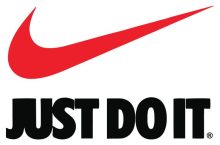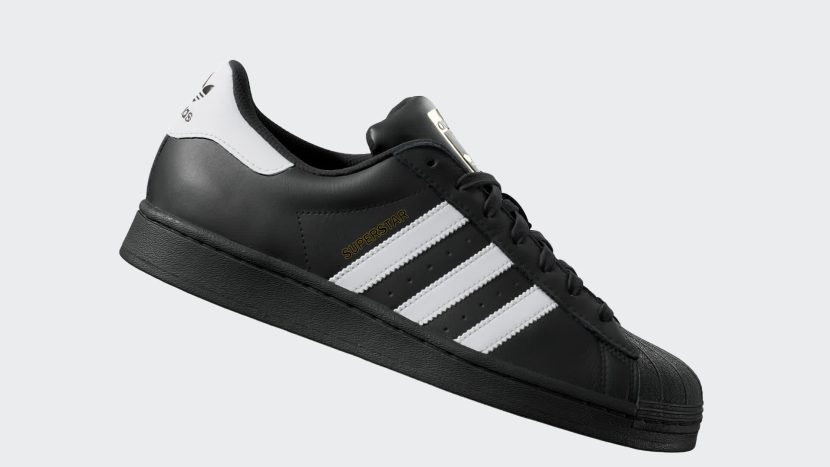Kanye West, now known as Ye, has skillfully transformed controversies into headlines and concepts into billion-dollar enterprises. For an individual who has cultivated a global brand infused with hype, some of his most astonishing actions were not always rooted in creativity. One of his most audacious maneuvers involved corporate titans. Behind the curtain, legal skirmishes […]
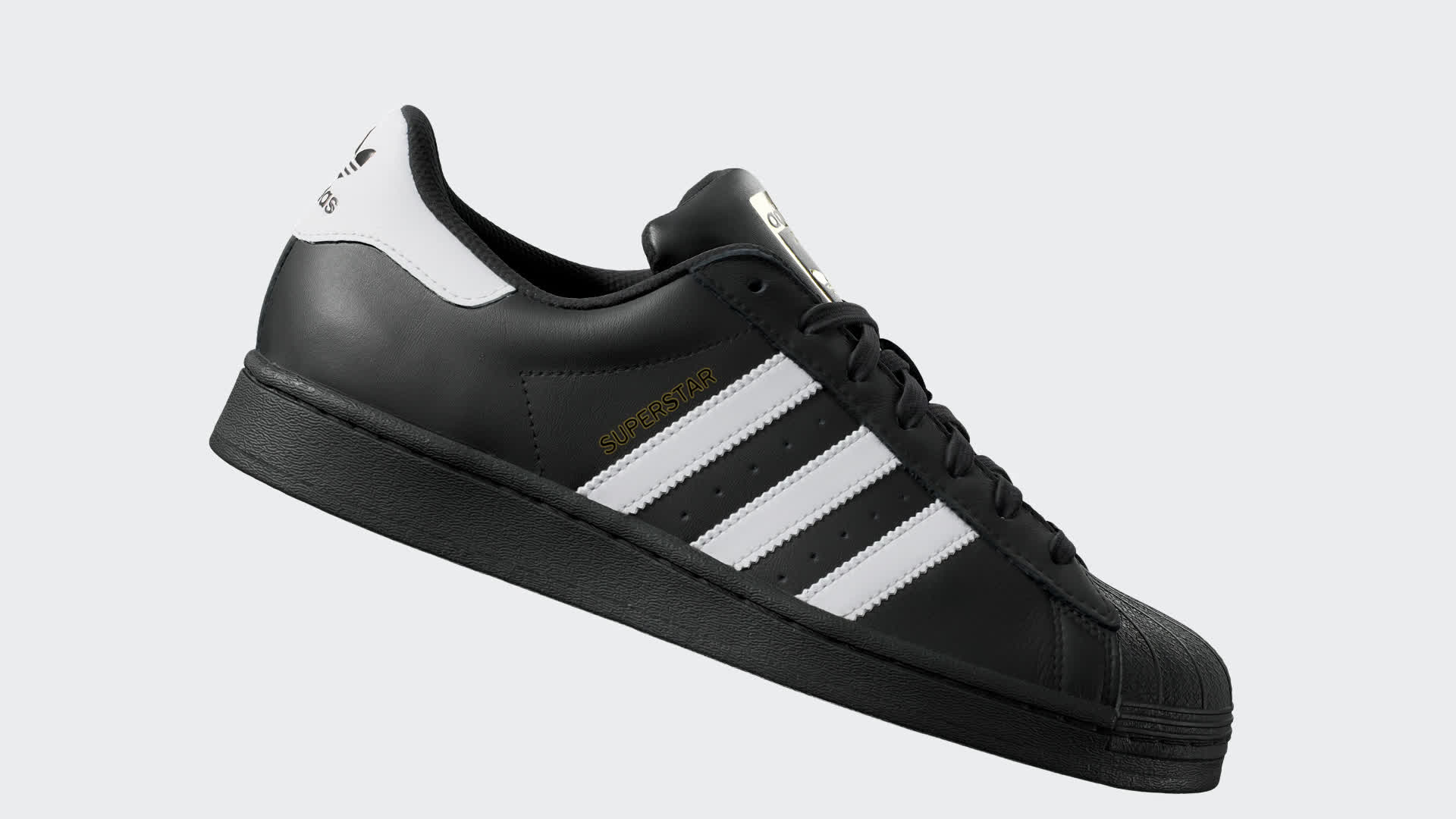
Kanye West, now known as Ye, has skillfully transformed controversies into headlines and concepts into billion-dollar enterprises. For an individual who has cultivated a global brand infused with hype, some of his most astonishing actions were not always rooted in creativity. One of his most audacious maneuvers involved corporate titans.
Behind the curtain, legal skirmishes were escalating, creative disputes mounted, and power dynamics unfolded. It was more than just a disagreement over footwear or contracts—one man was reshaping the landscape of personal branding in real time.
Ye’s strategic move with Adidas
ADVERTISEMENT
Article continues below this ad
The partnership was dubbed the deal of the decade, with Ye securing royalties that were three times higher than those of Michael Jordan. Yeezy sneakers became precious commodities, fetching prices of up to $3,000 each, and played a pivotal role in boosting Adidas’ stock by 150%. Yeezy transcended mere branding; it evolved into a cultural phenomenon that cast a luminous shine on Adidas. However, the backlash came swiftly and hit harder than anticipated.
In a single day, Adidas faced an astonishing loss of $1.3 billion. Here’s what transpired with the collaboration that aimed to revolutionize the sneaker industry, complete with unforeseen twists leading to the collapse of a $60 billion empire.
Venturing into Adidas to construct an empire
In 2013, Ye entered Adidas’ headquarters declaring a bold statement: “Nike treats celebrity collaborators like mascots. I want to build an empire.” To many, this seemed a daring, maybe even reckless move, but there was genuine intent behind his assertion. Adidas recognized the opportunity for a transformative rebranding that could redefine the future.

Contrary to Nike, which focused on athlete endorsements, Ye advocated for ownership, royalties, and the creation of something uniquely his. He aimed to redefine industry standards. And Adidas, eager to contest Nike’s supremacy, was ready to embrace the gamble.
Adidas’ significant wager on Yeezy
Ye’s agreement proved to be revolutionary. Rather than seeking a mere partnership, he demanded creative authority, royalties, and a stake in marketing. When Nike opted out, Adidas swooped in, presenting him with an unparalleled 15% royalty on sales, a stark contrast to the 5% Nike allocated to Michael Jordan. This was a landmark shift. Adidas placed a hefty bet on Ye, hoping to recapture some of the cultural credibility that had faded since the ’80s. And Ye certainly delivered!

The initial Yeezy release sold out within 10 minutes, crashing websites and driving resale values above $3,000 per pair. People camped out for days, causing Adidas’ stock to rise by 7%. What started as a sneaker collaboration rapidly morphed into a cultural revolution within the fashion and sneaker domains.
Yeezy’s ascent and decline
By 2021, Yeezy had transcended being just a sneaker—it had cultivated a culture. It became a phenomenon, overwhelming websites in seconds, with bots flipping shoes at ten times their retail prices. Even the styles dismissed as “ugly” turned into collector’s items. Adidas was no longer merely profiting; it was flourishing. Yeezy accounted for 50 percent of all online sales since its inception and propelled stocks up by 300% since 2015. Then came October 2022, and everything shifted.

Ye appeared on InfoWars broadcasting anti-Semitic remarks. The world was taken aback, yet Adidas—whose empire had flourished with Yeezy at its heart—remained silent. With $1.3 billion worth of Yeezy inventory in jeopardy and stock values tumbling, the company had to proceed cautiously. Their silence couldn’t last indefinitely as public outcry intensified. The hashtag #BoycottAdidas started trending, protests erupted, employees resigned, and culminated in Adidas severing ties with Kanye on October 25th, 2022. But that was not the conclusion.
Ye’s resurgence in 2024
Ye had not reached the end of his journey; By 2024, following his contentious fallout with major corporations, he embraced a DIY marketing approach that garnered attention. He filmed a low-budget Super Bowl advertisement from his car, devoid of high-end editing or production, simply Ye communicating a straightforward message: “Check out Yeezy.com”, which resulted in an impressive $19 million in sales. He also introduced the YZY PODS, a sock-shoe hybrid priced at $20, selling 260,000 pairs. The demand on the Yeezy website surged, forcing a halt to new sales.
ADVERTISEMENT
Article continues below this ad
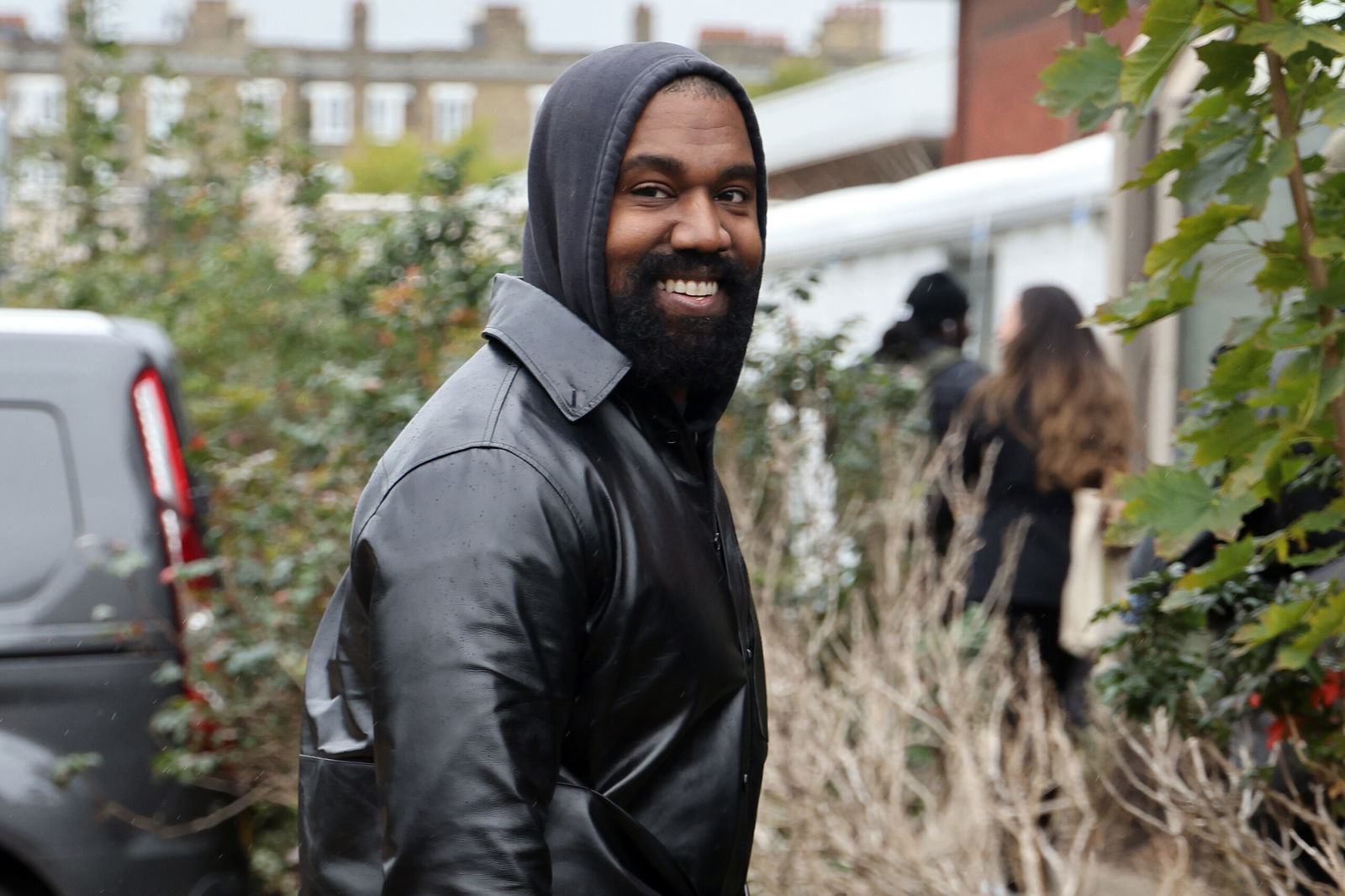
Even without the backing of major brands, he demonstrated that his influence remained unshakable. His brand emerged as a force that no scandal or failed alliances could suppress, as evidenced by how Kanye West signaled a potential new Yeezy collaboration despite the absence of ‘Vultures’ earlier this year. Ye’s narrative exemplifies how personal branding can forge empires and dismantle them within moments.
ADVERTISEMENT
Article continues below this ad
Do you own a pair of Yeezys? —are they worth the buzz or a complete miss? Share your thoughts in the comments below!

